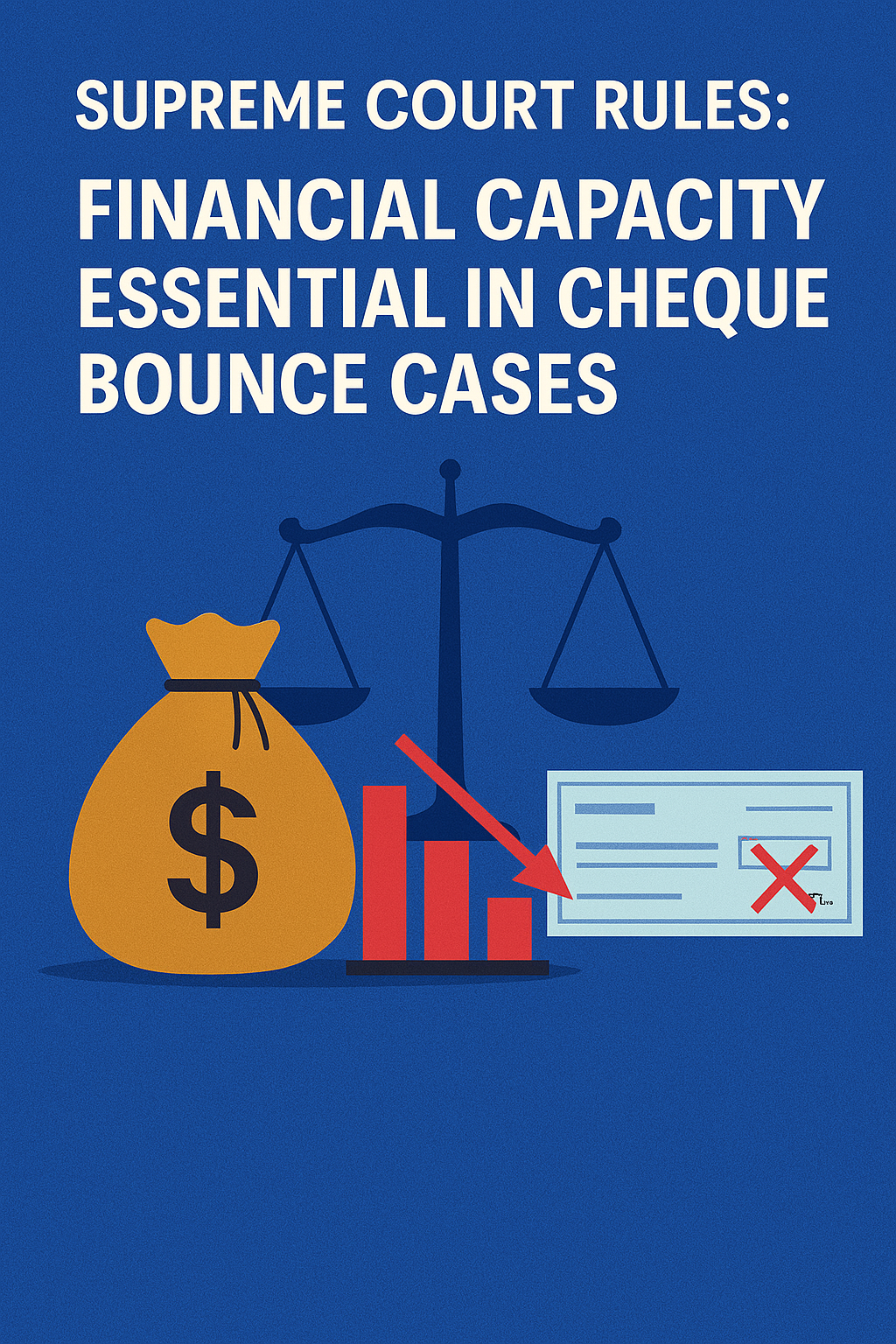Finance Law in United States
Finance Law in the United States
Finance law in the United States encompasses a broad range of legal principles and regulations governing the financial system, including banking, securities, insurance, taxation, and financial markets. The legal framework is complex, with various federal and state laws, regulatory bodies, and court decisions shaping the operations of the financial system. The U.S. has one of the largest and most dynamic financial markets in the world, and its finance law plays a key role in maintaining financial stability, investor protection, and economic growth.
Here is an overview of key aspects of finance law in the U.S.:
1. Legal Framework and Governance
The financial system in the U.S. is regulated by a combination of federal laws, state laws, administrative rules, and court decisions. The federal government plays a central role in regulating the financial markets, while states also have their own regulations for certain financial activities.
Key Regulatory Authorities:
U.S. Securities and Exchange Commission (SEC): The SEC is the primary regulatory authority overseeing the securities industry. It regulates the securities exchanges, brokers, dealers, and investment advisers, ensuring that the markets operate fairly and transparently. It enforces securities laws, including those related to disclosure, insider trading, and market manipulation.
Federal Reserve System (Fed): The Fed is the central bank of the United States, responsible for setting monetary policy, regulating banks, and ensuring financial stability. It supervises and regulates the activities of national banks, thrift institutions, and certain other financial institutions.
Commodity Futures Trading Commission (CFTC): The CFTC regulates futures and commodity trading markets, including derivatives contracts such as futures and swaps. The CFTC also enforces regulations to prevent market manipulation and protect market participants.
Office of the Comptroller of the Currency (OCC): The OCC is responsible for regulating national banks and federal savings associations. It ensures that these institutions comply with federal laws and operate in a sound and safe manner.
Federal Deposit Insurance Corporation (FDIC): The FDIC insures deposits at banks and thrifts, promoting public confidence in the banking system. It also regulates and supervises financial institutions to maintain stability and consumer protection.
2. Banking and Financial Institutions
The U.S. banking system is highly complex, consisting of national and state-chartered banks, credit unions, savings and loan associations, and other financial institutions. These entities provide services ranging from retail banking to investment banking and lending.
Key Regulations:
Bank Holding Company Act of 1956: This act regulates the activities of bank holding companies, which are corporate groups that own or control one or more banks. The act limits the types of activities that bank holding companies can engage in and requires them to seek approval from the Federal Reserve before acquiring a bank.
The Dodd-Frank Wall Street Reform and Consumer Protection Act of 2010: Dodd-Frank was a major piece of legislation enacted in response to the 2008 financial crisis. It brought about sweeping reforms, including the creation of the Consumer Financial Protection Bureau (CFPB), which regulates consumer financial products, and the Financial Stability Oversight Council (FSOC), which monitors systemic risks. It also introduced stricter capital requirements for banks, more rigorous supervision, and new rules for the derivatives market.
Gramm-Leach-Bliley Act of 1999: This law repealed the Glass-Steagall Act’s restrictions on affiliations between commercial and investment banks, allowing financial institutions to offer a wider array of services. It also includes provisions for protecting the privacy of consumers' financial information.
The Bank Secrecy Act (BSA): The BSA, also known as the Anti-Money Laundering (AML) Act, requires financial institutions to report suspicious transactions and maintain records that could be helpful in identifying criminal activity, such as money laundering or terrorist financing.
3. Securities Regulation
Securities regulation in the U.S. is largely governed by federal laws, which aim to protect investors, ensure market transparency, and promote fair and efficient markets.
Key Regulations:
Securities Act of 1933: The Securities Act regulates the issuance and sale of securities to the public. It requires companies to register securities with the SEC before offering them to the public, providing full and fair disclosure of financial information to protect investors.
Securities Exchange Act of 1934: This act governs the secondary trading of securities, including the activities of brokers, dealers, and exchanges. It also gives the SEC authority to oversee and regulate trading practices, including market manipulation, insider trading, and fraudulent activities.
Investment Company Act of 1940: This law regulates investment companies, such as mutual funds and exchange-traded funds (ETFs), and requires them to register with the SEC. It sets out rules for the structure and operations of these companies, including requirements for transparency, disclosures, and investor protection.
Sarbanes-Oxley Act of 2002: This act introduced stricter regulations on corporate governance and financial reporting following accounting scandals like Enron and WorldCom. It requires companies to implement stronger internal controls, provides greater accountability for executives, and increases penalties for financial fraud.
Key Securities Market Players:
- Stock Exchanges: Major U.S. stock exchanges like the New York Stock Exchange (NYSE) and NASDAQ are subject to SEC regulations and offer a marketplace for buying and selling securities.
- Investment Banks: These firms assist with securities issuance, mergers and acquisitions (M&A), and other financial advisory services. They are regulated by the SEC and subject to rules concerning capital requirements, market conduct, and disclosures.
4. Taxation and Fiscal Law
Tax law in the U.S. regulates how individuals and businesses are taxed on their income, property, and transactions. The U.S. tax system is highly complex, with both federal and state tax authorities involved.
Key Regulations:
Internal Revenue Code (IRC): The IRC is the primary source of federal tax law in the U.S., governing the taxation of income, estates, gifts, and corporate profits. It is enforced by the Internal Revenue Service (IRS), which is the federal tax authority responsible for tax collection, enforcement, and compliance.
Income Taxes: The U.S. imposes a progressive income tax system, with rates that increase as income rises. Both individuals and corporations are subject to federal income tax, while states may impose additional income taxes.
The Tax Cuts and Jobs Act of 2017: This major reform lowered the corporate tax rate and made several changes to personal income taxes, including a shift to a lower, more simplified corporate tax system. It also provided deductions for certain business expenses and encouraged repatriation of foreign earnings.
Capital Gains Tax: The U.S. taxes profits from the sale of capital assets, such as stocks, bonds, or real estate. Long-term capital gains (assets held for more than a year) are taxed at a lower rate than short-term capital gains.
The Foreign Account Tax Compliance Act (FATCA): FATCA aims to combat tax evasion by U.S. taxpayers with foreign financial accounts. It requires foreign financial institutions to report information about accounts held by U.S. persons to the IRS.
5. Insurance Law
Insurance law in the U.S. regulates the practices of insurers, brokers, and agents in the country, with the goal of protecting consumers and ensuring that the insurance market operates in an orderly fashion.
Key Regulations:
McCarran-Ferguson Act of 1945: This act gives individual states the authority to regulate the insurance industry, overriding federal law in some cases. While the states have primary authority, the federal government can step in for specific purposes, such as regulating fraud, anti-money laundering, or interstate commerce.
Affordable Care Act (ACA): The ACA introduced significant reforms to the health insurance industry, including the establishment of health insurance exchanges, the requirement for individuals to have insurance, and the prohibition of insurers from denying coverage based on pre-existing conditions.
National Association of Insurance Commissioners (NAIC): The NAIC is a group of state insurance regulators that works together to create uniform insurance regulations across states and monitor the financial health of insurance companies.
6. Anti-Money Laundering (AML) and Counter-Terrorism Financing (CTF)
The U.S. has strict laws aimed at preventing money laundering, terrorist financing, and other financial crimes. These laws require financial institutions to implement compliance programs to detect and report suspicious activities.
Key Regulations:
Bank Secrecy Act (BSA): The BSA requires financial institutions to report suspicious transactions, maintain records of certain financial activities, and comply with various reporting obligations to prevent money laundering and other criminal activities.
USA PATRIOT Act: This act expanded the scope of the BSA and introduced new regulations aimed at countering terrorism financing. It requires financial institutions to implement enhanced due diligence procedures, report suspicious activity, and establish anti-money laundering programs.
FinCEN: The Financial Crimes Enforcement Network (FinCEN) is the agency within the U.S. Department of the Treasury responsible for administering and enforcing BSA regulations, investigating financial crimes, and collaborating with law enforcement agencies.
Conclusion
Finance law in the United States is a complex and dynamic field, governed by a combination of federal and state laws, regulations, and regulatory agencies. From banking and securities regulation to tax laws, insurance, and anti-money laundering requirements, the U.S. has a robust legal framework designed to maintain financial stability, protect consumers, and foster efficient and transparent markets. The interplay between federal oversight and state regulations makes U.S. finance law unique, ensuring that the financial system operates in an orderly and fair manner while mitigating risks to the broader economy.




























0 comments